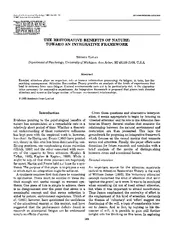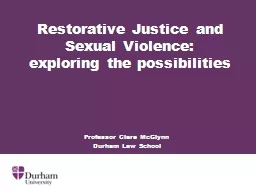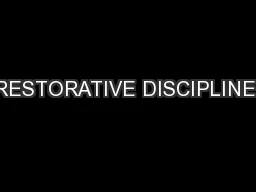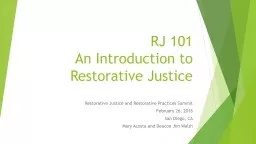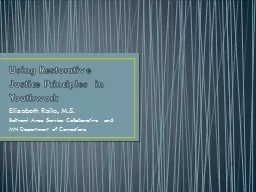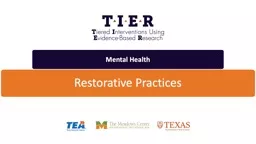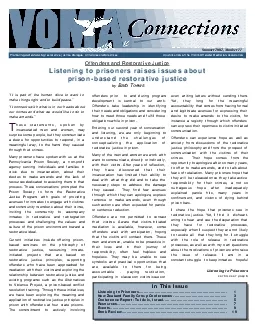PDF-The restorative benefits of nature to ward an integrative frame work work
Author : lindy-dunigan | Published Date : 2017-08-24
SA Abstract Directed attention plays an important role in human information processing its fatigue in turn has far reaching consequences Attention Restoration Theory
Presentation Embed Code
Download Presentation
Download Presentation The PPT/PDF document "The restorative benefits of nature to wa..." is the property of its rightful owner. Permission is granted to download and print the materials on this website for personal, non-commercial use only, and to display it on your personal computer provided you do not modify the materials and that you retain all copyright notices contained in the materials. By downloading content from our website, you accept the terms of this agreement.
The restorative benefits of nature to ward an integrative frame work work: Transcript
Download Rules Of Document
"The restorative benefits of nature to ward an integrative frame work work"The content belongs to its owner. You may download and print it for personal use, without modification, and keep all copyright notices. By downloading, you agree to these terms.
Related Documents

